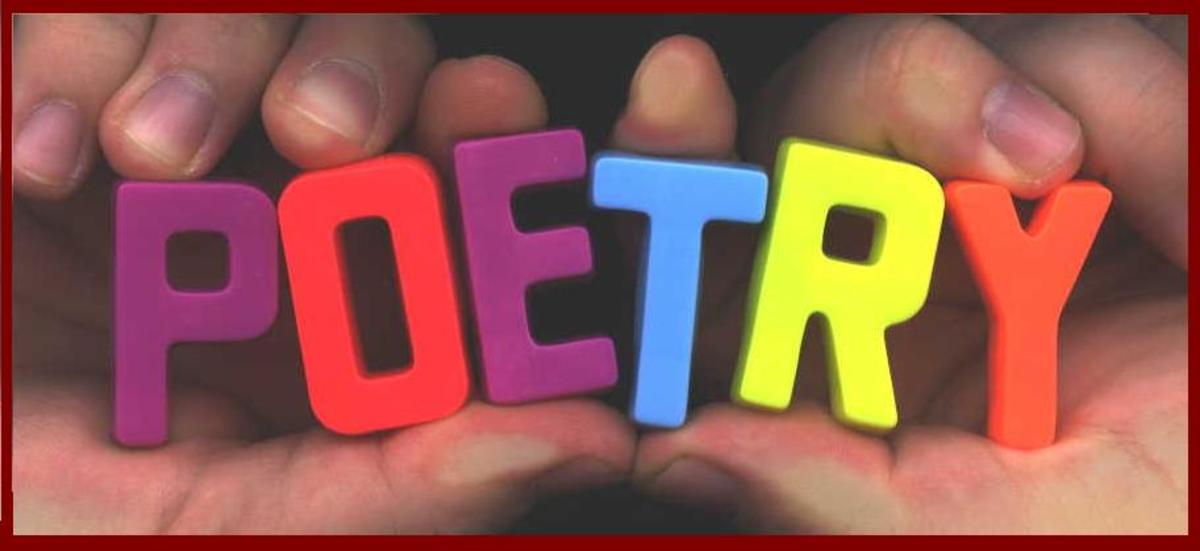We polled Pulitzer Prize winners, poet laureates and professors to get their thoughts on where poems come from and below is their experience this may help you.
—Sharon Olds, winner of the 1984 National Book Critics Circle Award for The Dead and the Living
—Robert Pinsky, U.S. poet laureate, 1997–2000
"I'm only half joking when I say a stork brings the poems. They are little creatures I have to train and send out into the world."
—Terrance Hayes, winner of the 2010 National Book Award for Lighthead
"When I least expect it something strikes me. Just now, for instance, we were driving westward and stopped at the West Virginia welcome station, and I looked at the woman next to me who tucked her purse between her legs to wash her hands, and that little action triggered something in me—I suddenly thought of all the things we do subconsciously to keep things neat, and the way women carry purses around."
—Rita Dove, winner of the 1987 Pulitzer Prize for Thomas and Beulah
"I think I was just born with iambic pentameter in my veins. Writing poetry is an obsession—who in his or her right mind would become a poet?"
—Maxine Kumin, U.S. poet laureate, 1981–1982
"The idea that poetry comes from beyond oneself is vital, as is the sense that one writes a poem in a condition that is often associated with a spiritual position, i.e., the condition of humility. One doesn't know what one's doing and is inspired in that respect. But it doesn't mean one's completely inert, or passive; rather it's just about allowing a poem to come from wherever it comes from and getting it into the world."
—Paul Muldoon, winner of the 2003 Pulitzer Prize for Moy Sand and Gravel
"I feel my way into a poem. Ther is no topic that is taboo. And even if I were to avoid certain topics, they would return to me, beckoning, and demanding to be written."
—Yusef Komunyakaa, winner of the 1994 Pulitzer prize for Neon Vernacular
"There seem to be no deals you can make with poetry to entice it out of its lair. A poem, actually any writing, is always a private thing, and that is how I begin. It must have that secret source."
—Michael Ondaatje, author of The English Patient and 12 poetry books
"There seem to be no deals you can make with poetry to entice it out of its lair. A poem, actually any writing, is always a private thing, and that is how I must begin. It must have that secret source."
—Billy Collins, U.S. poet laureate, 2001–2003
"You have to pay attention to what's said and what's not said, and what's done and not done. And that creates curiosity. You go to that what if. And that what if takes you into the poem."
—Nikki Giovanni, University Distinguished Professor of English, Virginia Tech



